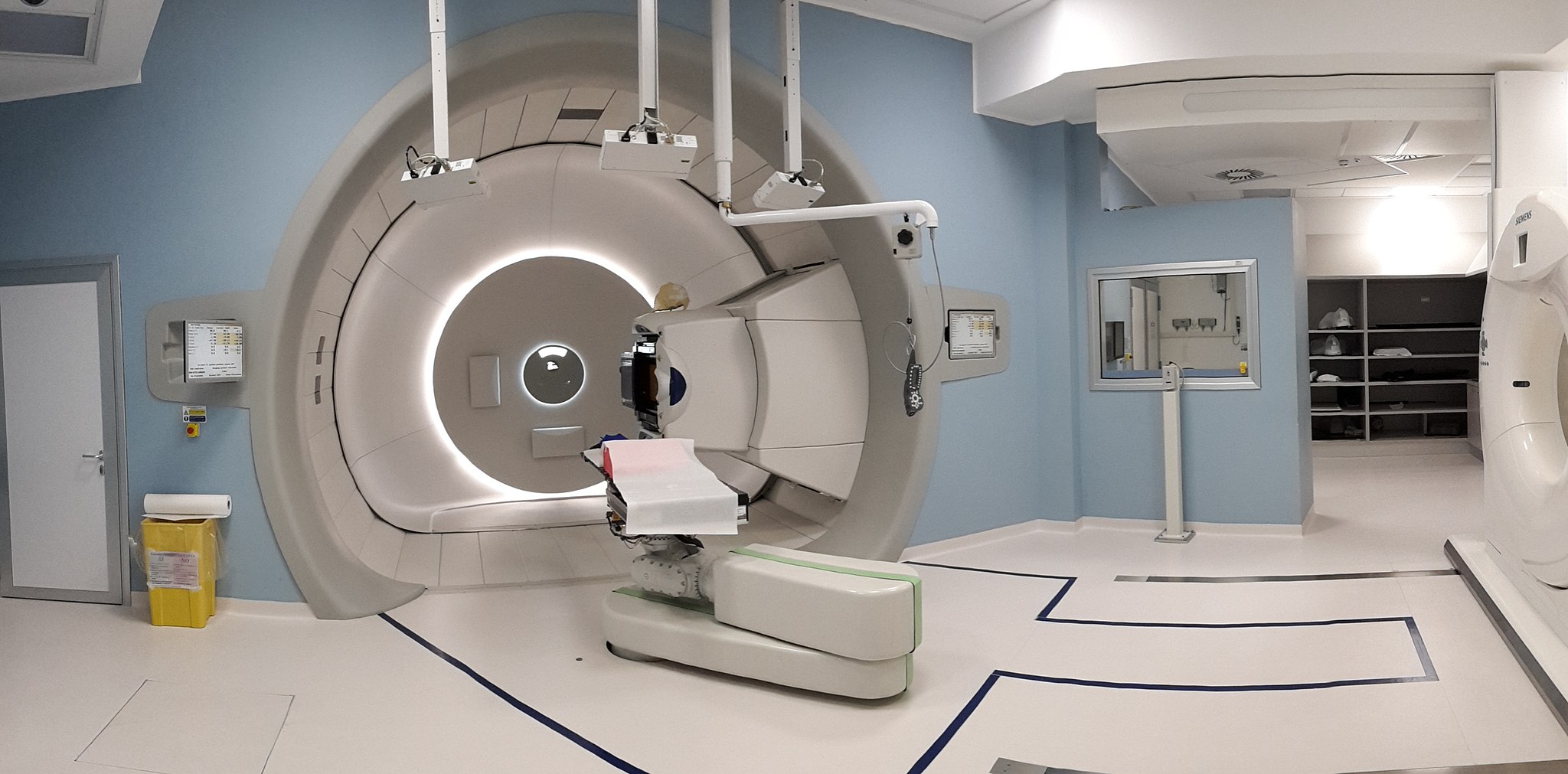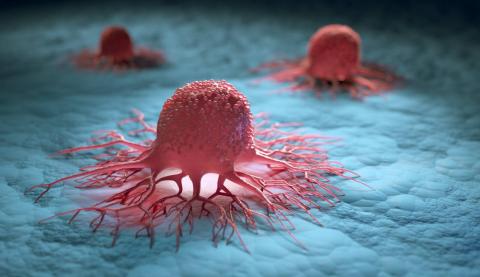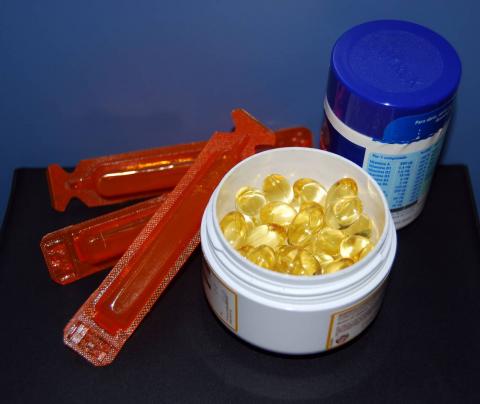Reaction to the Health Ministry's announcement of the purchase of ten proton therapy machines, financed by the Amancio Ortega Foundation.
The Ministry of Health has announced the purchase of 10 proton therapy equipment for public hospitals of the National Health System in seven autonomous communities. They will be used to treat tumours, especially in paediatric patients. The cost of the equipment will be financed by the Amancio Ortega Foundation.

Maribel Gallardo sobre compra equipos protonterapia
Maribel Gallardo Fuentes
Researcher in the Department of Atomic, Molecular and Nuclear Physics at the University of Seville.
Proton therapy is a very precise technique that is significantly better than conventional radiotherapy for the treatment of a number of tumours, including most paediatric tumours. However, there is a large proportion of cancers that respond very well to X-ray radiotherapy, and a third group for which there is not yet a consensus opinion among specialists, although in principle it seems that the use of protons would be beneficial for them.
Four treatment units in Spain would be sufficient to treat all patients in the first group. Let us remember that there are two private units already in operation; if we add the ten units whose equipment will be financed by the Amancio Ortega Foundation, and one more in Cantabria, also public, that makes 13.
With this number of units, in a very short space of time we are only behind the USA in terms of the number of proton therapy rooms per inhabitant, well ahead of Germany and Japan, all countries with long experience in this type of therapy.
This provides a unique opportunity to not only treat those patients in the first group, but also to conduct clinical trials to shed light on the possible benefits for patients in the third group mentioned at the beginning, and also to carry out research into innovative treatments and the development of new equipment linked to proton therapy.
The dark side of having such a large number of units is that such an ambitious programme requires detailed planning, including a realistic needs assessment (for scaling up); a training programme (since new technology and protocols are involved); and a rigorous estimation of the associated operation and maintenance costs (which may represent a considerable fraction of the total expenditure).
In the absence of these circumstances, the returns to the public health system would fall far short of expectations. Or the wards may even be left empty.
Gabriella LLosá sobre compra equipos protonterapia
Gabriela Llosá
Researcher, Instituto de Física Corpuscular
I think it is excellent news that, after several initiatives for the construction of public proton therapy centres in Spain proposed in different places since 2006, it has finally been possible to respond to this need. It is an area in which there is a lot of interest and potential for progress, both clinically and for research.
Alejandro Mazal - protonterapia
Alejandro Mazal
Director of Medical Physics at Quirónsalud Proton Therapy Centre
The Government's announcement of the purchase of 10 proton therapy machines for the National Health System, partially financed by a donation from the Amancio Ortega Foundation, makes me think of a phrase that, for me, sums up the situation: it is a great opportunity for Spain.
In fact, this project is taking place (a) in parallel and not in competition with a synergic modernisation of the conventional radiotherapy machines, (b) after two pioneering private centres were installed and are in operation in Madrid, (c) to which is added another public project in Santander and (d) in a dynamic of treatment and cost optimisation.
It should be remembered that, when all these centres are operational, proton therapy will continue to benefit only a limited number of clinical indications (less than 2 % of patients treated annually with radiotherapy in Spain). The remaining treatments, properly performed with photons, also constitute the state of the art of radiotherapy, with high quality, precision and level of development. It is necessary to evaluate which patients will benefit from protons and, thanks to the existence of these centres, to progressively expand the indications with clinical trials. These trials are already underway internationally, and should be conducted with the support of scientific societies such as the Spanish Society of Radiation Oncology (SEOR) and the Spanish Society of Medical Physics (SEFM), and the corresponding ethical committees.
Spain will be at the forefront of the world in terms of the number of existing centres per inhabitant and, given its territorial distribution, will facilitate regional access to them. It should be borne in mind that a large part of the treatments, particularly in the case of paediatric patients, require 5 to 7 weeks of on-site presence, with the necessary family accompaniment.
However, when the scope of the project is analysed, this is not really an excessive number. Most centres will have only one treatment room (there are single-room and multi-room projects). The number of rooms per inhabitant is and will continue to be higher in several other developed countries, including the Netherlands and the United States.
This type of initiative is a catalyst for a chain of positive events: multidisciplinary and multicentre clinical trials are promoted, in combination with the other disciplines in the fight against cancer (surgery, chemotherapy, immunotherapy, etc.), tools are developed that benefit the whole of radiotherapy (calculation models, measurements, patient positioning) and research is promoted (for example in radiobiology), which will serve as a basis for future clinical improvements in treatments.
The crucial issue in promoting the high-tech facility is the availability and training of professionals: doctors, physicists, technicians who will be directly involved in its operation, but also the whole oncology community who will participate in the appropriate selection of patients. It is estimated that more than 300 professionals will have to be trained in the time remaining until these centres are up and running (between 3 and 4 years). Our centre is already participating in this training and we are at the disposal of any institution to share our experience, not only of these 3 years of activity in the Spanish context, but also of our previous experience.



